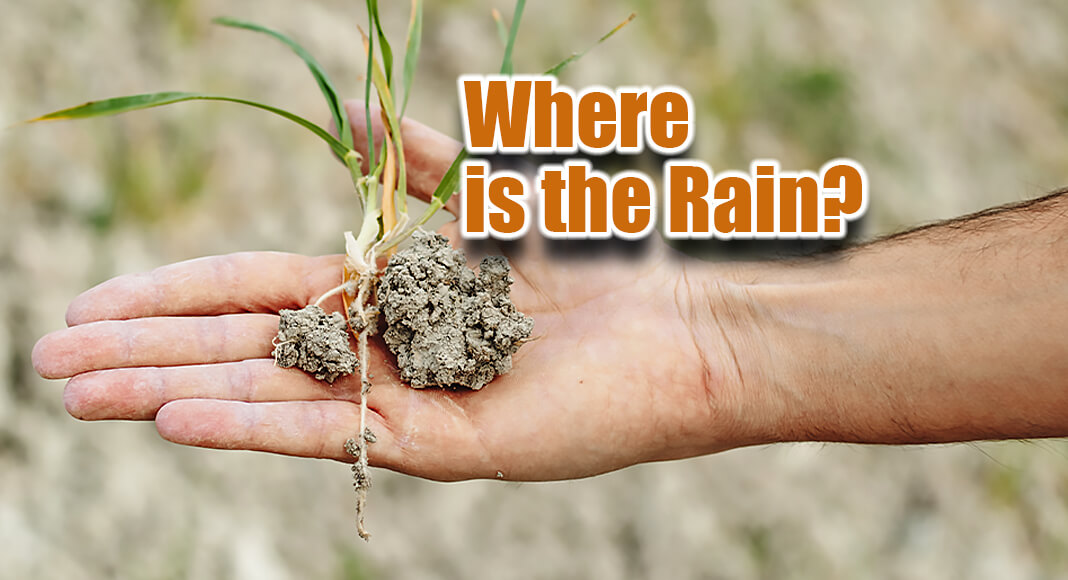
Texas Border Business
Virtually all of Texas is now abnormally dry. Comparisons to the bone-dry days of 2011 have begun, and it’s not looking good. In fact, given the scope of the drought and the higher costs of inputs, agricultural losses across the state are likely to top 2011’s record $7.6 billion total.
Almost 87% of the state is in a “moderate drought” according to the US Drought Monitor, which is when dryland crops are stunted, pastures deteriorate, and wildfires become more common. Worse, about 66% of Texas is in “severe drought,” with 46% “extreme” and 16% in the worst category of “exceptional.”
About 20.0 million people are currently affected by drought, and 227 counties have disaster designations. Thus far, it’s the eighth driest year on record. Many cities have enacted water restrictions, and without beneficial rains they will intensify.
Although the statewide level of water in reservoirs is about 74%, most of those that are full are in the eastern half of the state. Many in west Texas are extremely low, and water levels in irrigation wells are dropping in many areas. Low water levels often diminish water quality as well.
There is never a good time for a drought, but the timing in this instance is particularly troubling. From the perspective of agricultural producers, many have experienced additional losses from extreme cold in 2021 as well as recent hail and dust storms. In addition, everything needed to grow crops or livestock is more expensive than usual. From seed to fuel to hay to power for irrigation wells, farmers and ranchers have seen costs rise substantially. Although crop and other insurance can provide some relief, it only goes so far. Supply chain issues are further compounding the situation.
For the economy, a poor year brings yet another contributor to inflation. Texas is an important source of beef, cotton, milk, poultry, corn, eggs, sorghum, vegetables, wheat, and many other foods and products. As the drought intensifies, yields will drop, putting upward pressure on prices.
Looking ahead, there are expectations that the La Nina pattern, which is causing the southern US to be warm and dry, may linger through the winter. If that happens, this year’s conditions will trend toward 2011, when virtually the entire state experienced the most extreme categories of drought. The economic consequences reach throughout the economy and are quite severe.
Cycles in the amount of rainfall have always been around, but this La Nina has proven particularly stubborn. Although no one wants to see the devastation of a hurricane, some less disruptive tropical moisture could be beneficial. A return of El Nino would also help. Until then, stay safe and cool! Staying dry should not be a problem!
____________________________________________________
Dr. M. Ray Perryman is President and Chief Executive Officer of The Perryman Group (www.perrymangroup.com), which has served the needs of over 2,500 clients over the past four decades.














